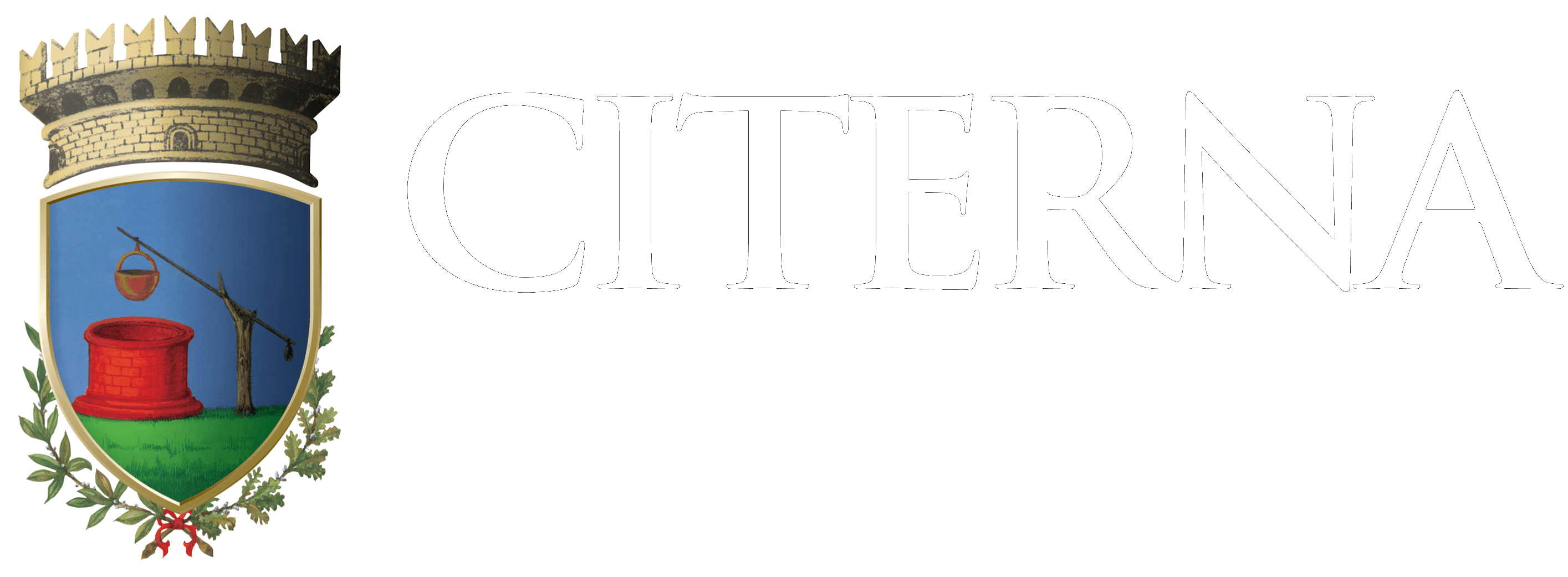the church
The church is developed as a single nave. A huge triumphal arch separates the hall from the polygonal apse covered by an angular cross vault. The nave ceiling is made of wooden trusses overlaid with battens, beams, terracotta tiles, and finally the overlying roofing tiles. A series of pointed arch windows opens along the perimeter walls. It is followed by a gabled profile, entirely in exposed stone masonry, with a lower entrance portal with a pointed arch surmounted by a rose window with a brick frame that houses a richly decorated glass.
The appearance of the Virgin Mary
In an unspecified year of the Middle Ages, a shepherdess cried due to hunger. A lady appeared to her and invited her to go home where she would find food. The shepherdess found new sheeps gathered around an image of the Madonna in a chapel.
A ceramic representation of the Virgin’s appearance to the shepherdess was placed on the entrance of the bell tower in 1972. The three bells were blessed in 1926 by the Bishop of Sansepolcro Pompeo Ghezzi and a new chapel was erected in the location of the appearance in Colfiorito in 1945. On March 20, 1877, Pope Pius IX granted the old church the favored altar.
the history
The statue of the Virgin, originally located in a nearby chapel, was moved to the sanctuary of Santa Maria in Petriolo before 1440. The image has been revered with many ex-votos and graces, leading to the granting of a privileged altar by Pius IX in 1877. In 1898, the parish priest planned to build a more worthy seat for the Virgin, resulting in the solemn inauguration of the new sanctuary in 1913. During the second World War, the population erected a new chapel near the original site of the Virgin’s appearance as an act of gratitude for special protection received.
